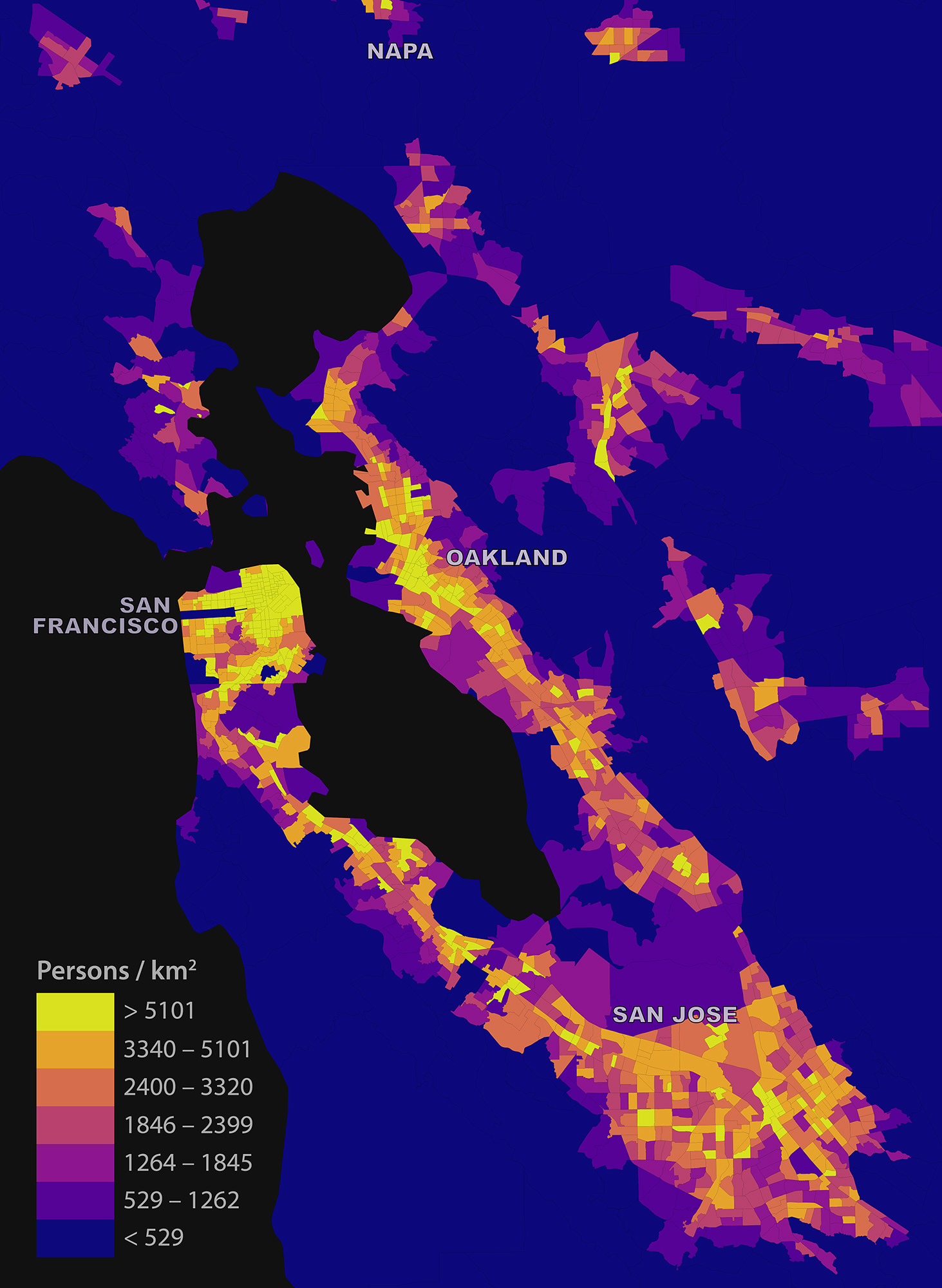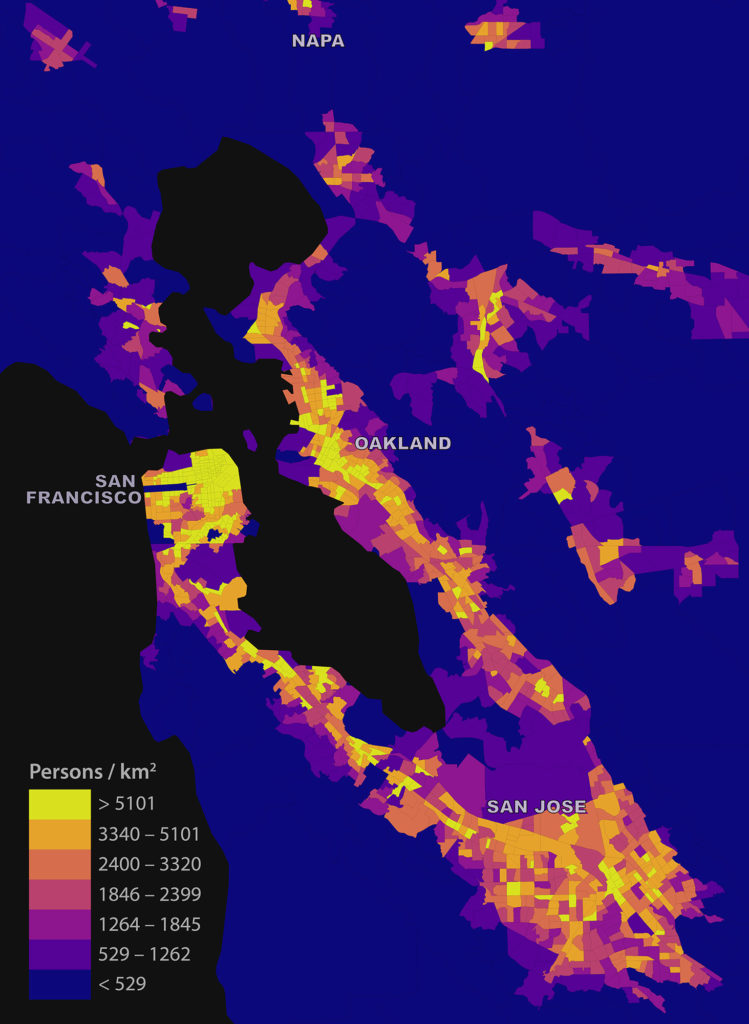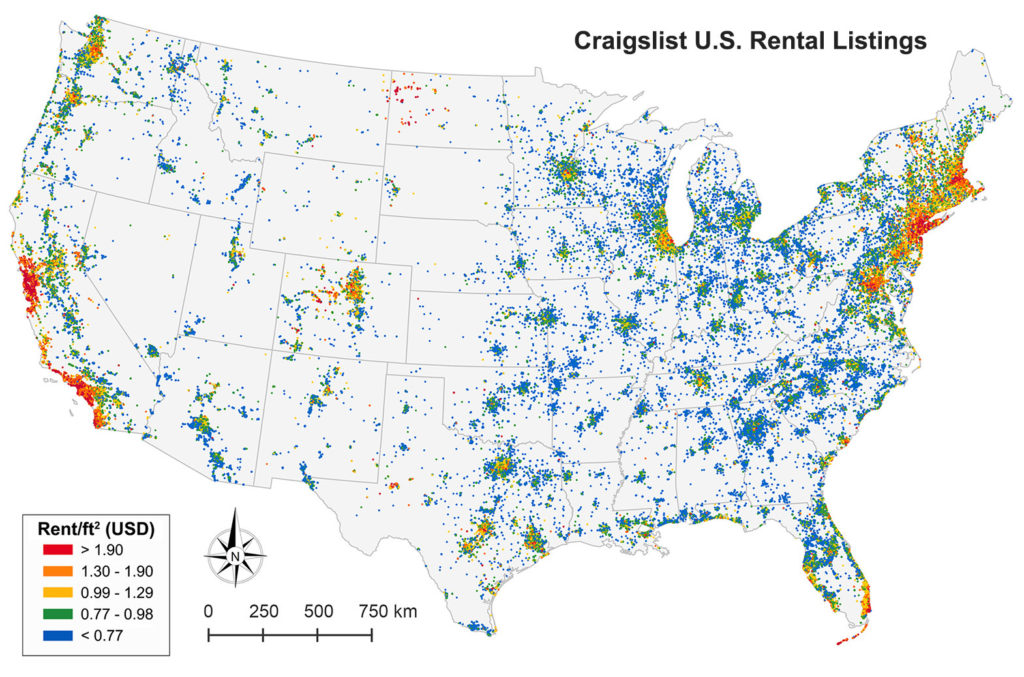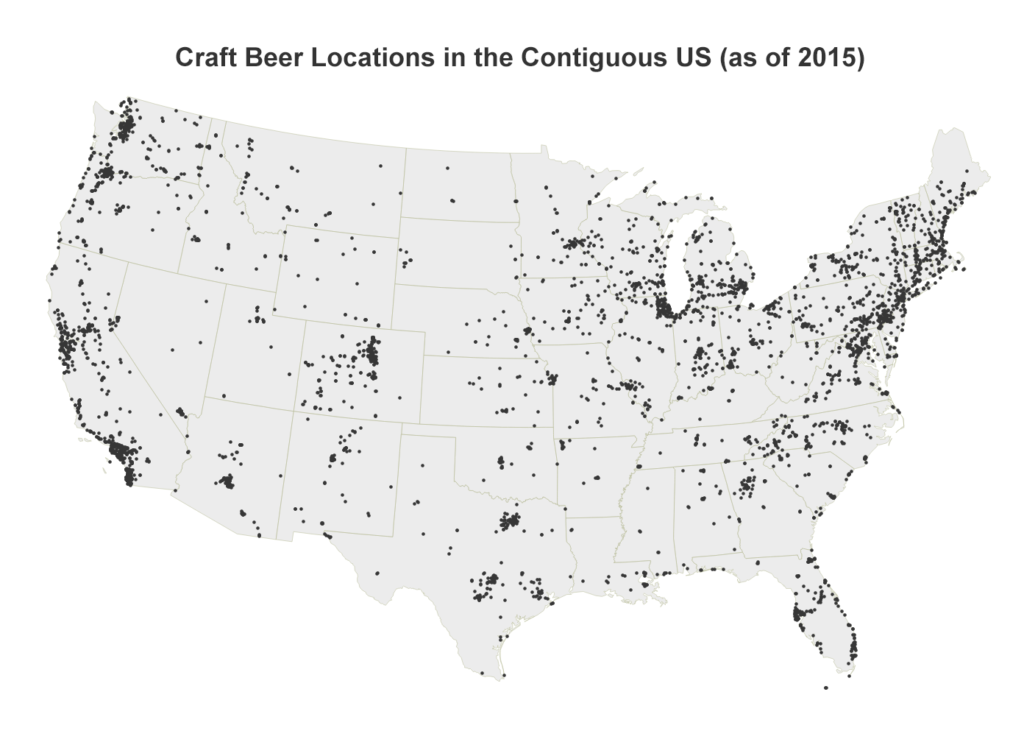I’ve been traveling a lot over the past month, presenting my recent research at the Architect of the Future conference in Moscow, the Venice Biennale of Architecture, and the ACSP conference in Buffalo. At the first two, I shared my recent findings on how planners have used street networks to organize urban space according to an evolving set of spatial logics during the 20th century. At the third, I shared my findings on how technology platforms like Craigslist can shape rental housing markets and also shape how researchers and policymakers understand affordability. Both papers coming soon.
Looking ahead to the spring, in April I’ll be presenting at UAA in Los Angeles as well as a full slate at AAG in Washington, where I’ll give a paper talk, speak on an urban data science panel, and deliver the Transactions in GIS plenary address. See you there!




 Rentals make up a significant portion of the U.S. housing market, but much of this market activity is poorly understood due to its informal characteristics and historically minimal data trail. The UC Berkeley Urban Analytics Lab collected, validated, and analyzed 11 million Craigslist rental listings to discover fine-grained patterns across metropolitan housing markets in the United States. I’ll summarize our findings below and explain the methodology at the bottom.
Rentals make up a significant portion of the U.S. housing market, but much of this market activity is poorly understood due to its informal characteristics and historically minimal data trail. The UC Berkeley Urban Analytics Lab collected, validated, and analyzed 11 million Craigslist rental listings to discover fine-grained patterns across metropolitan housing markets in the United States. I’ll summarize our findings below and explain the methodology at the bottom.